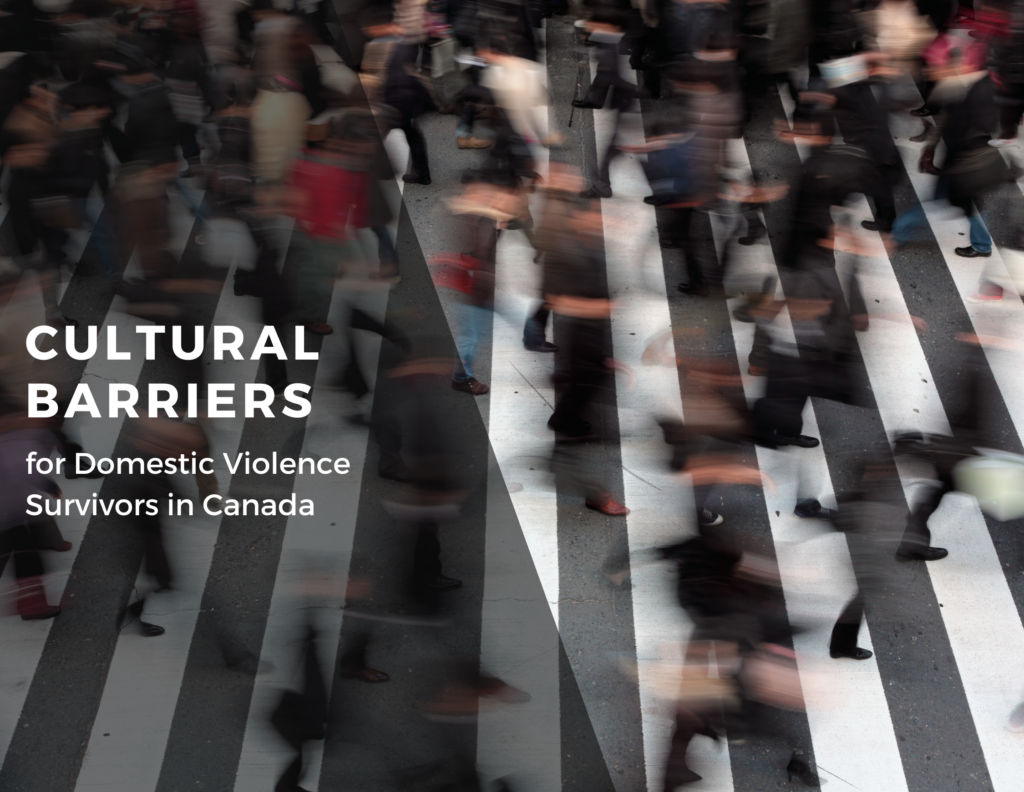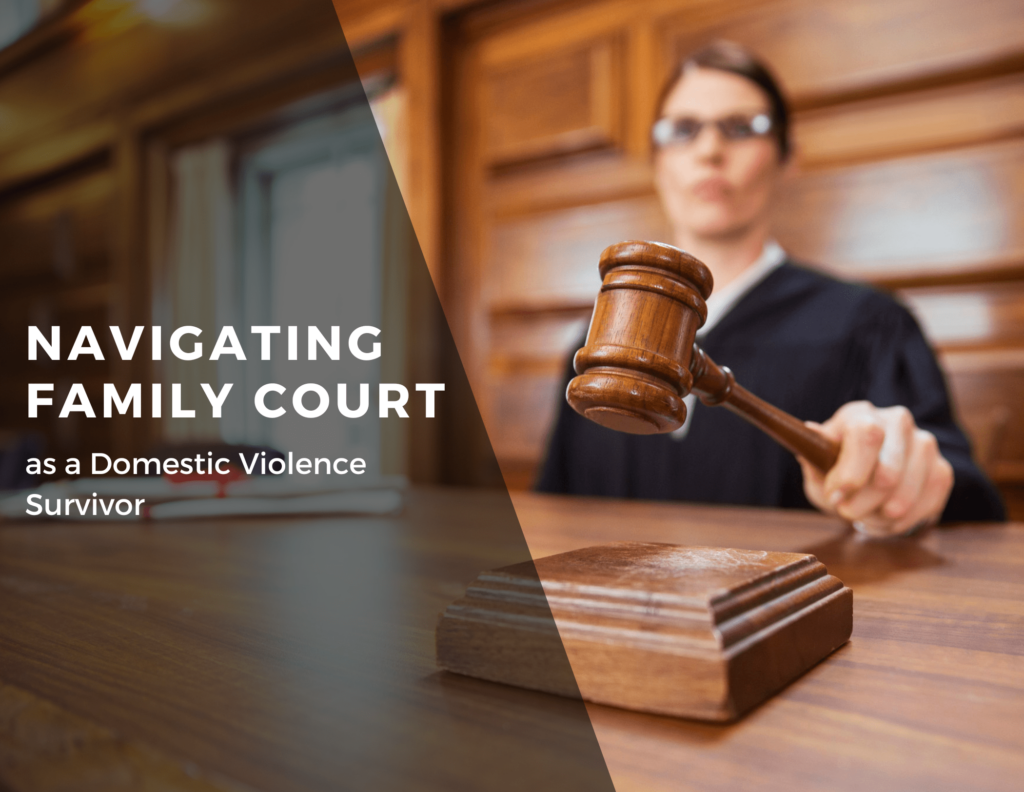Domestic Violence and the Workplace: You Could Save Someone

Domestic Violence and the Workplace: Creating a Culture of Support and Safety
In today’s landscape, domestic violence and the workplace are intrinsically linked.
For most adults, work is the place where they spend most of their days other than their homes. Work is the main place where we interact with people and build new relationships. That’s why we should be aware of the prevalence of domestic violence and the fact that we likely know someone at work who is a victim of domestic violence.
Awareness, proactive measures, and a supportive culture are essential in fighting this issue.
Therefore, to be able to help people in the organization who are victims of domestic violence we need to understand the following points which will be explained further below:
- Raising Awareness.
- Your Role as an Employee.
- Making a Better Workplace.
- Identifying the Signs of Abuse.
- How to Help.
- Your Role as a Supervisor.
- A Comprehensive Approach.
Domestic Violence and the Workplace: Raising Awareness
People should be aware that this is a problem that happens everywhere and know what to do. Every year, an average of 12,000 women and children seek refuge in Alberta. Also, Alberta’s rates of domestic assault and spousal homicide-suicide are among the highest in Canada. By acknowledging the impact of domestic violence in the workplace, people and organizations can take steps toward creating a safer and more supportive environment for everyone.

Domestic Violence and The Workplace: Your Role as an Employee
At work, employees have a big say in how things are run. Some might think that what happens at home is nobody’s business at work, but studies show that a lot of people facing domestic violence deal with it at all times. This means everyone at work needs to be aware and ready to help out. If you notice signs that a coworker might be suffering from abuse, it’s important to step in and offer support without judging. Creating a friendly, understanding atmosphere can make a huge difference to those going through tough times.
Making a Better Workplace
As part of your role as an employee towards combating domestic violence in the workplace, creating a good work environment is the first step. A healthy workplace isn’t just about physical safety, it’s also about feeling good emotionally and being treated with respect.
Sometimes, harmful behaviours like spreading rumours or ignoring others can make work feel unpleasant. By being aware of these behaviours, everyone can help make sure work is a positive environment where everyone feels valued.
Companies can also set up training and rules to help deal with domestic violence and support those affected.
When the employees create a better work environment, it is much easier for victims to feel safe with their coworkers, making it easier for them to share their problems with someone they trust. This is the first step for victims to start looking for help.
Identifying Signs of Abuse
Recognizing signs that a coworker might be experiencing domestic violence isn’t easy, but it’s important for helping them get the help they need. Here are some signs to look out for:
- Bruises or injuries they blame on accidents.
- Wearing clothes that cover bruises even when it’s not weather-appropriate. (Turtleneck when it’s hot).
- Having trouble focusing at work.
- Missing work without explanation.
- Getting upsetting phone calls frequently.
- Acting sad, withdrawn, or tired all of a sudden.
- Being unusually scared or anxious.
- Dropping hints about problems at home, like their partner’s bad temper or drinking problems.
- Trying to control their spouse’s actions.
If you notice these signs, your coworker might be going through abuse. Work can be a safe place for them, so it’s important to offer help and resources in a way that respects their privacy.
How to Help
Supporting coworkers facing domestic violence means being caring and respectful while also being professional. Instead of telling them what to do, it’s important to listen and offer support. Research shows that leaving an abusive relationship can be dangerous, so it’s best to offer help without pushing them to leave. Providing access to resources like helplines and counselling services can make a big difference.

Domestic Violence and The Workplace: The Role of Supervisors
Supervisors have an important job in dealing with domestic violence at work. They need to make sure the workplace is safe and provide support to affected employees. This includes arranging security and counselling services, checking if the employee can still do their job, and making sure they know about support options. Supervisors should create an atmosphere where employees feel valued and comfortable talking about their problems.
As a supervisor, your key areas of responsibility are:
- Ensure the workplace is safe.
- Coordinate security and human resource services and external supports.
- Assess the employee’s capacity to carry out job duties.
- Inform the employee of confidentiality, internal resources, community and domestic violence services.
- Support the employee in accessing necessary resources.
- Communicate with the employee about the importance of their health, safety and their value to the organization.
- Try to build the self-esteem of your employee.
Domestic Violence and The Workplace: A Comprehensive Approach
Using a tool to assess risk and provide support can help supervisors handle domestic violence cases effectively. This tool helps figure out how to keep the employee safe and what support they might need. By involving the victim and offering the right resources, workplaces can better help employees facing domestic violence.
Here is a simplified assessment tool to gauge an employee’s risk and potential responses regarding domestic violence. Please note that this tool is not a formal instrument. We strongly advise reaching out to local law enforcement for guidance on specific situations.
It is essential for the domestic violence victim to actively participate in each of the following steps:
1. Immediate Safety:
– Question: Has your intimate partner recently made an explicit threat to harm you or others at work?
– Response: If Yes – Call the Police
If No – Proceed to Step 2.
2. General Safety:
– Questions:
– Has your partner ever threatened to harm you or others at work?
– Does your partner stalk you at work (i.e., watch the building from a vehicle, drop by unannounced)?
– Do you have a restraining order that lists this workplace?
– Response:
– If Yes – Refer to the Systematic Risk Assessment, Safety Planning and Screening.
– If No – Proceed to Step 3.
3. Work Considerations:
– Questions:
– Do you ever feel afraid of your partner showing up at work?
– Does the situation ever prevent you from getting to work?
– Response:
– If Yes – Refer to the Safety Measures Checklist in the Domestic Violence Toolkit.
– If No – Proceed to Step 4.
4. Resource Information:
– Question: Would you like information on resources available to you?
– Response:
– If Yes – Provide the following contact numbers: Alberta Women’s Shelters 1-866-331-3933, our helpline at 780-594-3353, or the 24-hour Family Violence Line 310-1818. Also, refer the employee to the Employee Assistance Program or any other supports your workplace offers.
– If No – Proceed to Step 5.
5. Support Reminder:
– If the employee is already receiving help, remind her that there is support available whenever needed.
Finding Shelter
In conclusion, domestic violence affects not just homes but also workplaces and communities. By raising awareness, creating supportive work environments, and helping those in need, organizations can make a real difference. Together, we can make workplaces where everyone feels safe, respected, and able to get help when they need it, which is a big step towards ending domestic violence.
At Stepping Stones Crisis Society, you can always find help if you are considering leaving an abusive household in Northern Alberta, particularly in the Cold Lake and Bonnyville areas. You can reach our helpline at 780-594-3353 or contact us at ou******@*******************ty.ca. We offer an emergency residential shelter for women, with or without their children, and their family pets (dog or cat). If you find yourself outside of this area, you can visit the Alberta Council of Women’s Shelters for more information on your local shelter.
If you find this article useful or want to support our cause, please donate here. Every dollar counts and our clients will greatly appreciate it.

Share this:
Related Articles
Cultural Barriers for Domestic Violence Survivors
Understanding Cultural Barriers for Domestic Violence Survivors in Canada Cultural barriers for domestic violence survivors are a serious issue affecting many individuals in Canada. While…
Navigating Family Court as a Domestic Violence Survivor
Navigating Family Court as a Domestic Violence Survivor in Alberta Navigating the family court as a survivor of domestic violence can be daunting. In Alberta,…


